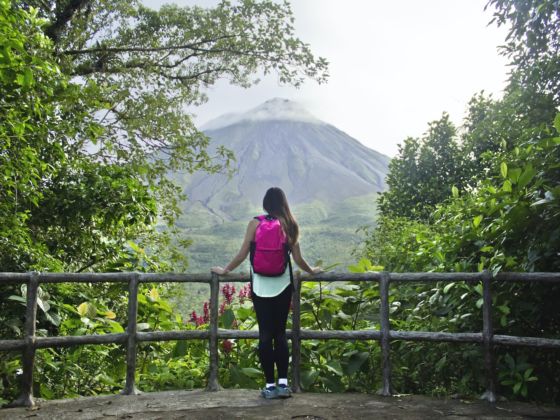1. Costa Ricans call themselves ticos (males) and ticas (females).
2. It’s not a big deal to see someone walking around with a machete.
Although it’s more common in the countryside, ticos use machetes for everything and often keep one on them. They’re considered the Costa Rican equivalent of duct tape.
3. Costa Rica is only slightly smaller than Lake Michigan.
And has 801 miles of coastline.
